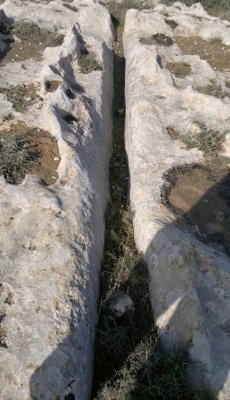"
Mysterious Piece Of Sophisticated Technology Could Rewrite History – Scientists Are Not Sure What They Are Dealing With
http://www.messagetoeagle.com/myste...ure-what-they-are-dealing-with/#ixzz3xQX2xmPF
Researchers are still not sure what kind of extraordinary object they are dealing with…
This peculiar object created 5,000 years ago appears to be part of a component of an ancient unknown advanced mechanism.
In January 1936, a strange disk was unearthed at the plateau edge of North Saqqara, approximately 1.7 km north of Djoser’s Step Pyramid in Egypt
The discovery of the mysterious prehistoric artifact, that many considered as a device, was made in the so-called Mastaba of Sabu (Tomb 3111, c. 3100-3000 BC) by a famous, British Egyptologist Walter Bryan Emery (1902-1971).
Sabu was the son of Pharaoh Aneddzhiba (fifth ruler of the first dynasty of ancient Egypt) and a high official or administrator of a town or province possibly called “Star of the family of Horus”.
The burial chamber had no stairway and its superstructure was completely filled with sand and stone vessels, flint knives, arrows, few copper tools and the most interesting schist bowl in fragments.
The unearthed device named the Schist Disk, is approximately 61 cm in diameter (24 inches), one cm thick, and 10.6 cm (4.2 inches) in the center.
It was manufactured by unknown an means from this very fragile and delicate material requiring very tedious carving–the production of which would confound many craftsmen even today.
Now many important questions arise.
What was the original function of the device?
Scientists do not think the object is a wheel, because the wheel appeared in Egypt 1500 BC, during the 18th Dynasty.
If the Schist Disk is in fact a wheel it would mean ancient Egyptians possessed knowledge of the wheel about 3000 BC during the time of the first dynasty! This would require Egyptologists to re-write some history books.
If the Schist Disk is not a wheel, nor modeled after the wheel, what is it?
Some scientists suggest that the fragile nature of such an intricately carved stone object greatly limits is practical usage and suggests a purely ornamental function, being of a religious or other such ritualistic purpose.
Of course, some believe that this subject served another purpose, just to be able to drive foot oil lamp.
However, critics of this theory argue that the three-blade ceremonial lamp hardly possible, because of the shape and curvature of its petals, which seems to suggest a function, not just decoration.
Did ancient Egyptians have technology far beyond the current?
There is one option that is even more challenging, namely that we are dealing with some kind of unknown advanced ancient technology. Is it possible ancient Egyptians had technology far beyond the current?
Egyptologist Cyril Aldred reached the conclusion that, independently of what the object was used for or what it represented, its design was without a doubt, a copy of a previous, much older metallic object.
Why did the ancient Egyptians bother to design an object with such a complex structure more than 5,000 years ago?
How could a culture who typically used chisels to shape rock have mastered a technique to work such a delicate material to this extraordinary level?
Why would ancient Egyptians invest the time and skills needed to create this object unless it served a very important, specific purpose
?"
Further information"
http://www.strangehistory.net/2013/07/06/the-schist-disc-a-sceptic-speaks/
Not apparently listed by / debunked by...
http://www.badarchaeology.com


